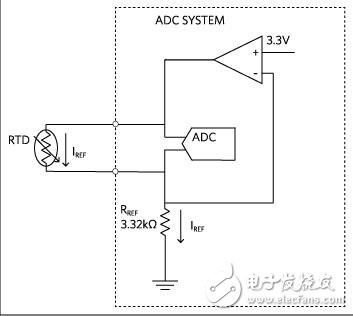
资料下载

RTD测量系统设计要点资料下载
High-accuracy temperature measurements provide essential data for industrial automation applications to ensure both product quality and safety. Many types of temperature sensors are available, and each one has its advantages and disadvantages. This application note focuses on resistance temperature detectors (RTD), and explains the design essentials to optimize the measurement accuracy.
Resistance Temperature Detectors
RTDs contains an element whose resistance changes with temperature. Most elements are either platinum, nickel, or copper. A platinum RTD provides the best performance because platinum has the most linear and repeatable temperature-to-resistance relationship over a large temperature range.
Generally, RTDs generate more stable and repeatable outputs, compared to thermocouples and thermistors. Hence, RTDs achieve higher measurement accuracy.

声明:本文内容及配图由入驻作者撰写或者入驻合作网站授权转载。文章观点仅代表作者本人,不代表电子发烧友网立场。文章及其配图仅供工程师学习之用,如有内容侵权或者其他违规问题,请联系本站处理。 举报投诉
- 相关下载
- 相关文章




